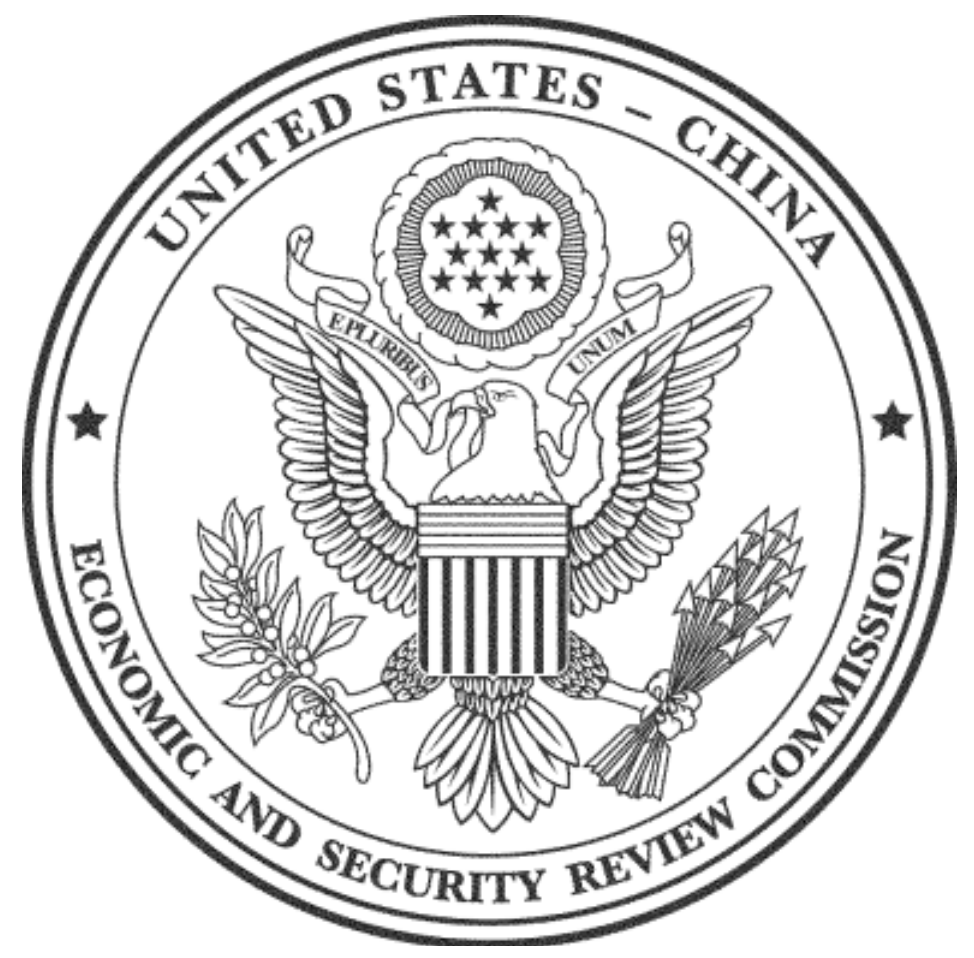Blog Post
Global income inequality is declining – largely thanks to China and India
Income inequality among citizens of 146 continues to fall, though at a somewhat reduced pace, according to the updated Bruegel dataset. Income convergence of China and India accounts for the bulk of the decline in global income inequality from 1988-2015.
Income inequality is typically measured at the country level, which has a clear rationale: people might be interested in knowing their relative income position compared to their compatriots, while social policies that redistribute from the rich to the poor are the strongest at the country level.
But there are alternative reference groups to consider. For example, people might be interested in their relative income position in the context of their close neighbourhood, such as people living in the same village or city. Cross-country comparison is also interesting. For example, a Slovakian citizen might be interested in comparing their income relative to people in Austria. More broadly, another useful reference group would be all of the people living in the European Union, or even all the people living on our planet.
In this post I focus on the Gini coefficient of global income inequality, considering 146 countries that account for 95% of the global population. There are various ways of estimating the global distribution of income. In a 2016 research paper I compared certain methodologies and concluded that the method based on two-parameter distributions works really well. So I use this methodology to estimate the global distribution of income for the period 1988-2015 and update our publicly available dataset. The indicator for the country-wide average income is GDP per capita at purchasing power parity, which is a good choice among the imperfect alternatives.
Figure 1 shows that there was a slight decline in global income inequality among the citizens of 146 countries from 1988-2000, since when the decline has accelerated. The 2007-2009 global financial and economic crisis has not changed this trend and the decline has continued, even though the fall of global Gini in 2015 was the lowest since 2000.
The fall of global income inequality is a noticeable development, which should be welcomed. It indicates that the income gap between people living in advanced and developing countries is narrowing. While individual efforts, such as studying and working hard, innovating and venturing an enterprise should be rewarded, the bulk of global inequality is determined by the place of birth and the socio-economic status of parents, limiting the opportunities available to poorer people. For example, a brilliant and hard-working person in sub-Saharan Africa will most likely live a much poorer and shorter life than an average European who does not work so hard. A gradual decline in global income inequality indicates that cross-country gaps in opportunities are narrowing, though there is still a very long way to go.
Figure 1 puts global income inequality against the measure of inequality within selected countries. Inequality in South Africa is now higher than global inequality; the same is true for Botswana and Swaziland too. On the other hand, the lowest within-country income inequality in 2015 is observed in Belarus. Income inequality within other countries is between these extreme values, and has been generally increasing in recent decades in many countries, though for example it declined in Brazil from a high level.
What were the reasons for the fall in global income inequality? While the Gini coefficient cannot be deconstructed into purely within-country and between-country inequality components, I developed a numerical method to capture the roles of (1) within-country inequality, (2) between-country mean income converge, (3) relative population size, and (4) an ‘interaction’ factor, which arises from the non-linear interaction of the other three components.
Figure 2 shows that convergence in mean incomes was the main driving force in the reduction in global income inequality and its impact accelerated in the early 2000s. While global inequality decreased by 9.6 Gini points (from about 66.9 in 1988 to 57.3 in 2017, see Figure 1), the convergence of mean incomes would have resulted in an 11.2-point decline in this period.
One offsetting factor was the increase in within-country inequality across the 146 countries, which pushed up the global Gini coefficient by 1.6 points, reflecting a general increase in within-country inequalities. Yet it is noticeable that this factor has been stable in 2009-15, implying that, on average, within-country income inequality did not increase further in recent years.
The other offsetting factor is the change in relative population size, which increased the global Gini by 1.7 points in 1988-2015. This increasing impact indicates that the population of poorer countries has increased relative to the population of richer countries. The interactions among the three variables caused a 1.7 points decline.
Since the two most populous countries, China and India, account for about 38% of global population and these countries experienced rapid economic convergence in recent decades, I have checked their impact on global income inequality.
One way to do this is to run a counterfactual simulation assuming that (1) Chinese and Indian GDP per capita relative to the United States is fixed at their 1988 levels, (2) Chinese and Indian within-country Gini coefficient of income inequality is fixed at their 1988 levels, and (3) Chinese and Indian population as a share of global population is fixed at their 1988 shares. The result of this simulation is indicated on Figure 3 as ‘146 countries with “unchanged” China and India’. Under this scenario, the global Gini would have increased slightly from 66.9 in 1988 to 68.3 in 2000 and then declined to 66.9 in 2015, so overall the global Gini would have been the same in 2015 as in 1988.
An alternative way to look at the impact of China and India on the global Gini is to exclude the two countries completely from the calculation and to compute the global Gini for the remaining 144 countries (representing about 57% of global population). Figure 3 shows that in this case global Gini increased from 57.7 in 1998 to 60.9 in 2000 and then declined to 58.4 in 2015, a higher value than in 1998.
Therefore, the bulk of decline in income inequality among 146 countries is the consequence of income convergence of China and India, but if we exclude the impacts of these two populous countries, global income inequality increased up to 2000 and the decline since then is relatively slow.
In a subsequent post I’ll discuss income inequality developments in the European Union.
Republishing and referencing
Bruegel considers itself a public good and takes no institutional standpoint. Anyone is free to republish and/or quote this post without prior consent. Please provide a full reference, clearly stating Bruegel and the relevant author as the source, and include a prominent hyperlink to the original post.






